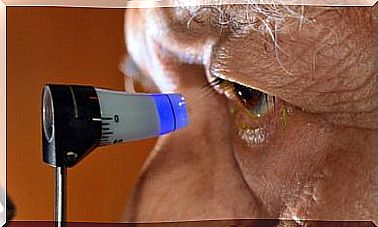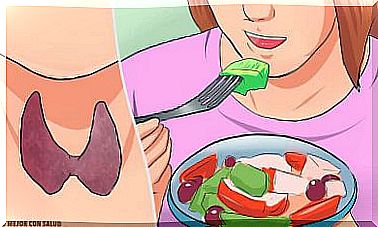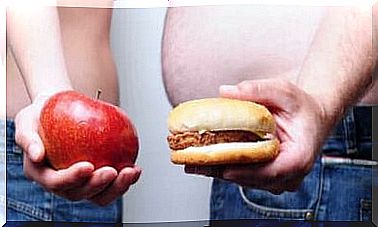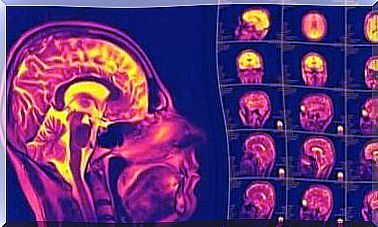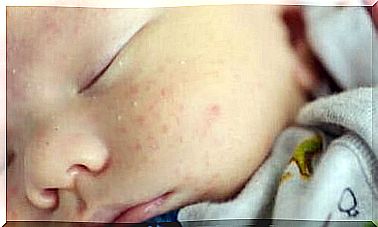What Is Learned Helplessness?
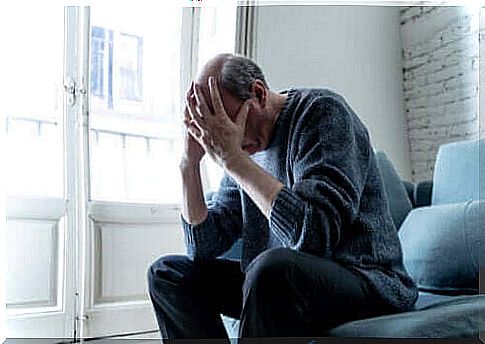
Learned helplessness is a reaction of passivity and submission to situations that are usually unpleasant. People who suffer from this condition have no intention of eradicating the stimuli that cause them discomfort or hardship.
Most often, the condition occurs after a traumatic experience where the actions taken have not prevented the suffering. So the individual now thinks that there is nothing useful that he can do to stop painful situations.
Definition of Learned Helplessness
According to the American Psychological Association, learned helplessness is a phenomenon that occurs with repeated exposure to stressors. These stressors are unmanageable and prevent people from using the options available to them to control the events.
As a result, they learn that they have no control over what happens, that is, over the environmental processes. In the medium term, this learning destroys their motivation to make changes. In other words, it is a psychological condition that leads to the inability to respond to situations that cause suffering.
This happens as a result of performing unsuccessful actions in the face of unpleasant events in the past. As a result, people learn to tolerate suffering and they believe that they can do nothing to avoid unpleasant stimuli.
Causes of Learned Helplessness
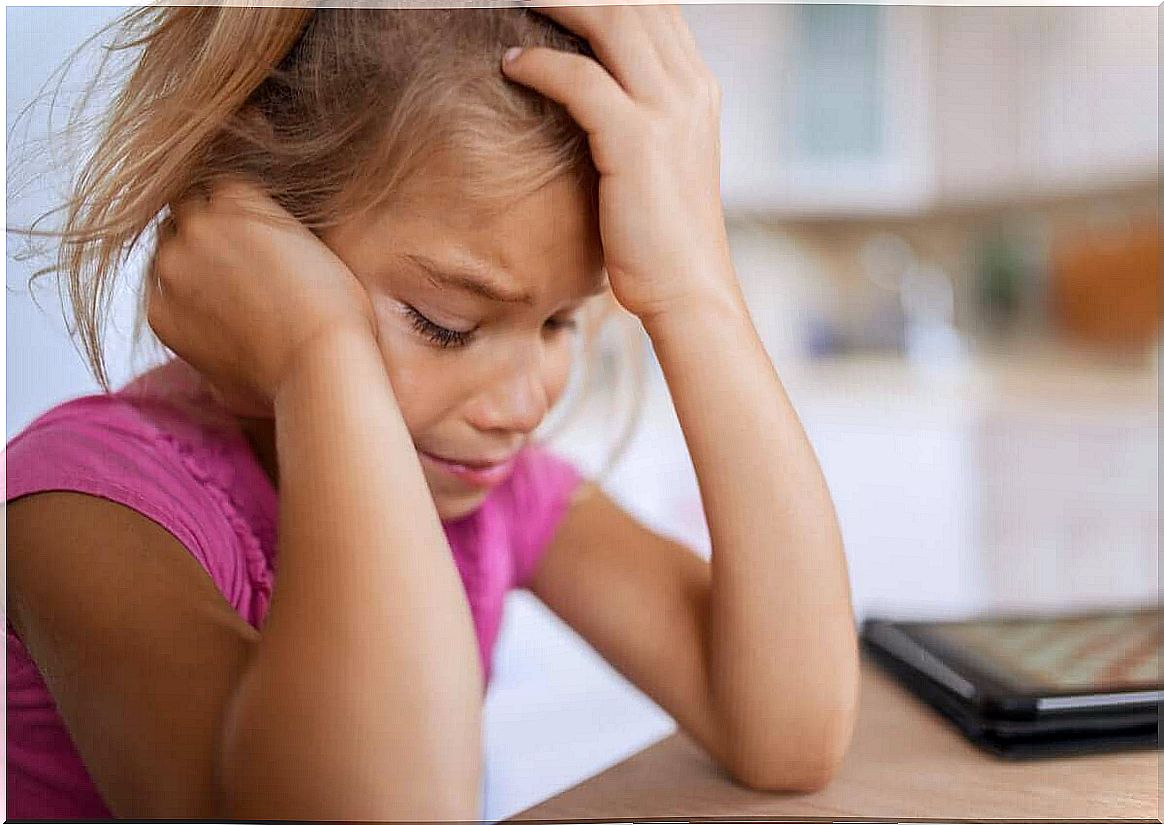
All causes of learned helplessness are related to a bias that leads people to believe that they have no control over life’s events.
This contributes to a lack of analysis of the possible consequences of certain situations. They believe that their destiny has already been decided and there is nothing they can do to change it. The following are the most common causes of this condition.
Traumatic childhood experiences
One of the factors that determine the development of this psychological state is the experiences these people had to go through during their first years of life.
If someone has had unpleasant experiences during this phase and has not received any kind of help, comfort or positive response, then in the face of similar circumstances, they are likely to develop a submissive attitude.
Learning submissive and passive roles
The education children receive during childhood is another factor that influences the development of this condition. If there are certain situations that encourage social roles of passivity and dependence, then the likelihood of developing helplessness in the future increases.
On the other hand, the messages received during childhood also play a very important role in developing a lack of decisiveness.
For example, if children grow up around people who are constantly telling them that they are unable to do things or that they do not know things, they may evolve into adults who think they are powerless.
Overly controlled households
Some households exercise excessive control. Thus, children who live in an environment where their parents or guardians control everything that happens around them and deprive them of the experience of learning from the consequences of their actions are more vulnerable to this condition.
Guilt
On the other hand, there are internal factors, such as responsibility or guilt, that influence the development of learned helplessness. That is, a person feels guilty about an unpleasant event and begins to believe that he is incapable of changing or stopping a situation that might arise in the future.
In this way, they fall into resignation and justification of attitudes, which has a negative effect on their self-esteem and dignity. This may be related to the type of education they received (Spanish link), which can cultivate feelings of guilt.
Consequences of Learned Helplessness
Learned helplessness has a number of negative effects. The learned helplessness has a negative effect on, among others, the following dimensions:
- Motivation: The perception of lack of control leads to a decrease in motivation. Attempts to respond to new situations therefore decrease.
- Cognition: It is difficult to learn new response patterns that produce positive results. Moreover, these people may experience problems as something quite normal.
- Emotional: It is common for negative emotional states to occur, such as depression, anxiety, and frustration. There is also a clear lack of self-esteem. This condition lasts until one can control the circumstances.
- Physical: Eating disorders (Spanish link) and changes in the immune system are among the physical consequences.
Treating Learned Helplessness

The best way to treat this phenomenon is through therapeutic intervention. This approach is intended to teach a person to respond to a particular situation. According to Vázquez Valverde and Polaino Lorente (Spanish link), the therapeutic approach consists of the following:
- The negative attributions that the subject makes of the situations change: by performing simple tasks. Tasks that produce positive results after someone performs an action. He or she may also learn that failures are not their own fault.
- Inducing positive feelings: to strengthen self-esteem. In this way they feel better able to intervene in their environment.
At the same time, therapeutic intervention may consist of addressing the traumatic events of the past. The goal is for one to overcome these experiences by giving them a different meaning. In this way, someone will develop more functional and positive reactions in future situations.
An acquired problem
As the name implies, this state is learned, acquired. In other words, it is not something one is born with and generally originated in childhood. In addition, this condition brings with it a series of negative effects that harm a person’s well-being, sometimes to a serious extent. It must therefore be treated.
The best treatment is psychological therapy, which helps patients discover that they have a lot of control over their lives. Once they have gained this awareness, they will experience positive changes on all levels: emotional, physical and cognitive.

